The writing process is one that initially comes in fits and starts for me. I’m not a big plotter. I don’t have an A to Z guide and I rarely know what the middle and ending is going to be when I first begin a new novel. This keeps the work fresh and exciting for me as the creator. An important consideration when like most writers I have other work obligations and I’m committed to a book a year contract with my publisher. What I do have is a firm concept of time and place when I sit down to write and a seed of an idea, based on an actual event from our pastoral history.
Then I read generally on the period. A lot.
The voice of a book is crucial but it’s often difficult to decipher at the start. The only way to begin if you’re writing a historical novel, for me at least, is too firmly cement myself in the period and ask myself how people spoke back then, how they would have behaved, both questions of which depend on your story setting, conventions of society at the time and your characters socio-economic backgrounds.
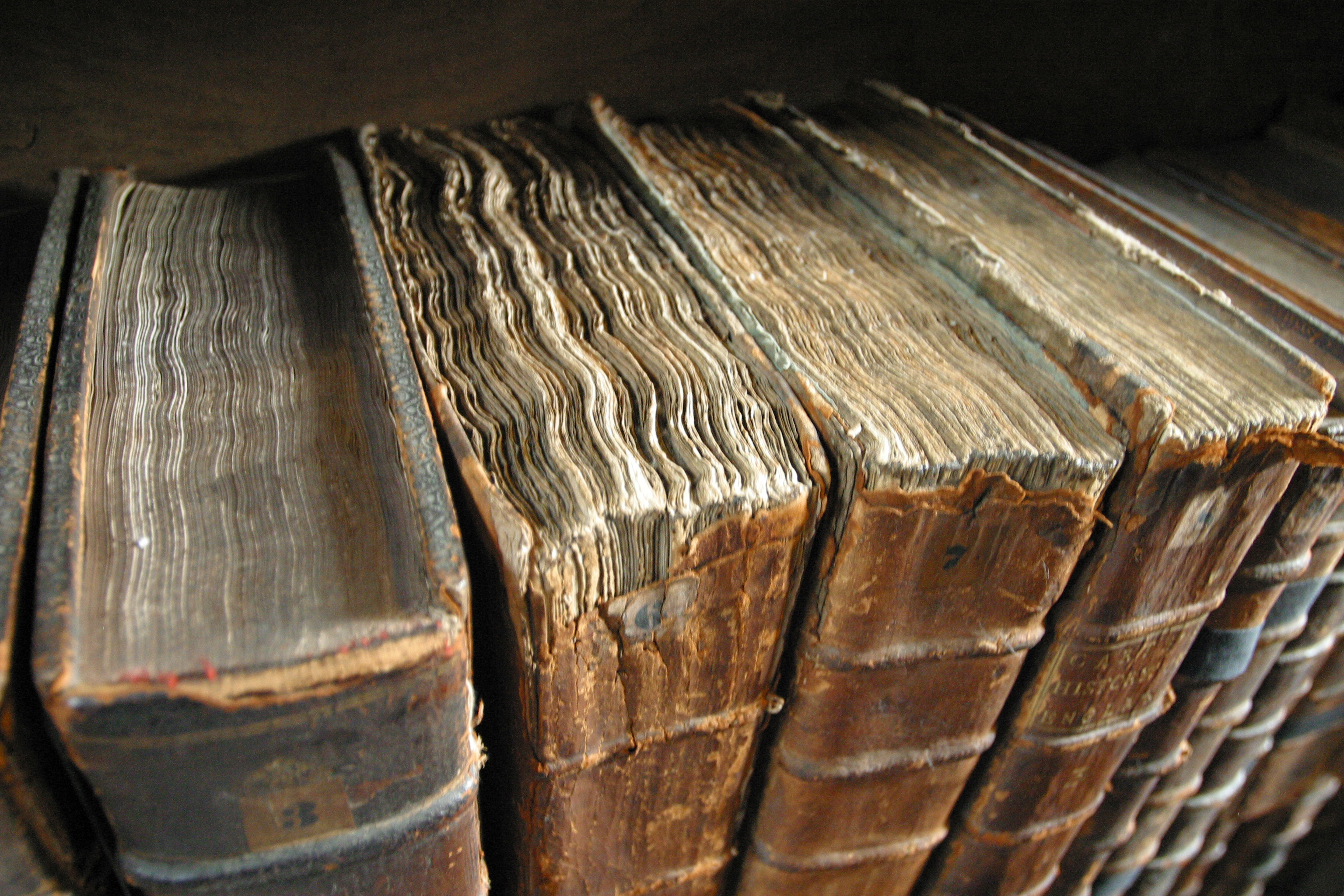 In the case of River Run, if I use Eleanor as an example, she was a young woman feeling her way in the new age of the 1950s, a period of renewed prosperity in Australia’s history. Opportunities and freedoms were being tested by the young and yet at the same time the older generations were concerned about morality and their expectations of a woman’s place in society. Prime Minister Menzies touted the family and the wife as the bedrock of society. He wanted women back on the home front, a testing prospect for those women who’d taken up men’s roles in low-paying jobs during and after the war. So I wanted Eleanor to be a little feisty and questioning of life on her family’s sheep station but also naïve enough to make mistakes. Her fulcrum of sorts is her mother. A woman very much at home in a man’s world, albeit under the thin pretence of her husband being the one ‘in-charge’. This was a subtle comment towards conservative society at the time and gave momentum to a slowly dissolving marriage.
In the case of River Run, if I use Eleanor as an example, she was a young woman feeling her way in the new age of the 1950s, a period of renewed prosperity in Australia’s history. Opportunities and freedoms were being tested by the young and yet at the same time the older generations were concerned about morality and their expectations of a woman’s place in society. Prime Minister Menzies touted the family and the wife as the bedrock of society. He wanted women back on the home front, a testing prospect for those women who’d taken up men’s roles in low-paying jobs during and after the war. So I wanted Eleanor to be a little feisty and questioning of life on her family’s sheep station but also naïve enough to make mistakes. Her fulcrum of sorts is her mother. A woman very much at home in a man’s world, albeit under the thin pretence of her husband being the one ‘in-charge’. This was a subtle comment towards conservative society at the time and gave momentum to a slowly dissolving marriage.
The historical touches in the narrative. Those authentic period details that bring a story to life (hopefully) were outside my own back door on our property. The cavernous woolshed and the hum of activity come shearing, the meat-house, which was in daily use during shearing, and used weekly the rest of the year, the generator with its dedicated shed, still stands. Kitchen appliances were all the rage in the 1950s and there was great consternation when a new-fangled gas stove was sat next to the old wood-burning Aga in our station kitchen.
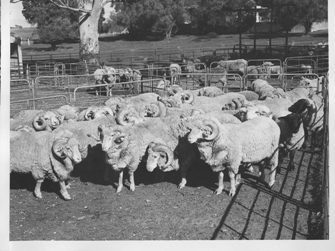 Of course some things I had to investigate further by delving into our station archives and through visits to the State Library. What was the impact of the Korean War on Australia’s wool industry? This was the heady time when our country ‘rode on the sheep’s back’. How did fridges work if there was no electricity? What did people wear? What did they eat and drink? What did they clean with? What cars were people driving at the time? What repercussions in terms of rationing and / or employment were being felt in the early 1950s following the end of the second world war and what were people’s attitudes towards the perceived threat of ‘reds under the bed’, communism. This is the era of the Petrov affair. If my father was worried enough to ride down to our creek as a boy and set himself up as sentry in a tree in readiness for a communist invasion, clearly people were very concerned.
Of course some things I had to investigate further by delving into our station archives and through visits to the State Library. What was the impact of the Korean War on Australia’s wool industry? This was the heady time when our country ‘rode on the sheep’s back’. How did fridges work if there was no electricity? What did people wear? What did they eat and drink? What did they clean with? What cars were people driving at the time? What repercussions in terms of rationing and / or employment were being felt in the early 1950s following the end of the second world war and what were people’s attitudes towards the perceived threat of ‘reds under the bed’, communism. This is the era of the Petrov affair. If my father was worried enough to ride down to our creek as a boy and set himself up as sentry in a tree in readiness for a communist invasion, clearly people were very concerned.
As the creator what I hope to end up with is a snapshot of daily life in the 1950s. Hopefully a world that is engaging and historically authentic, one that blends seamlessly with the narrative.

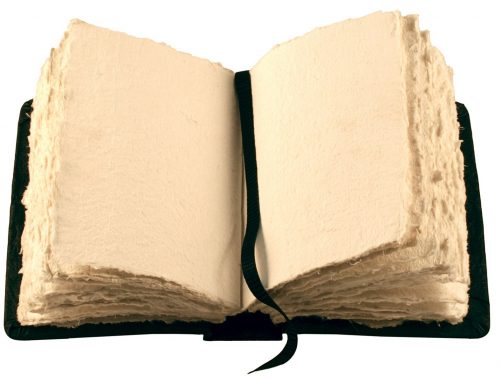

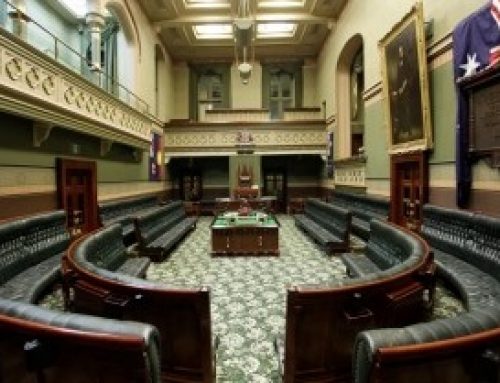
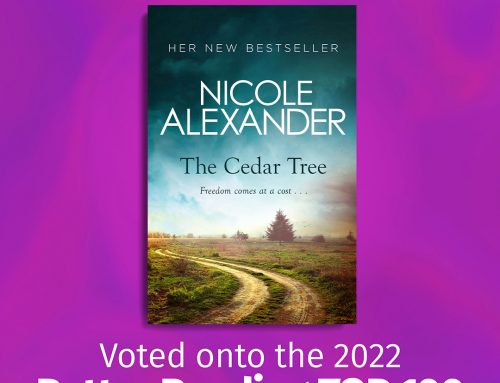
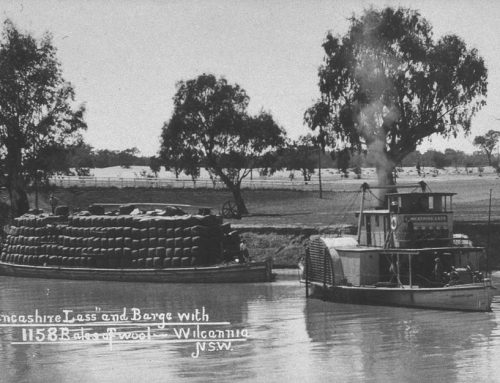
Leave A Comment